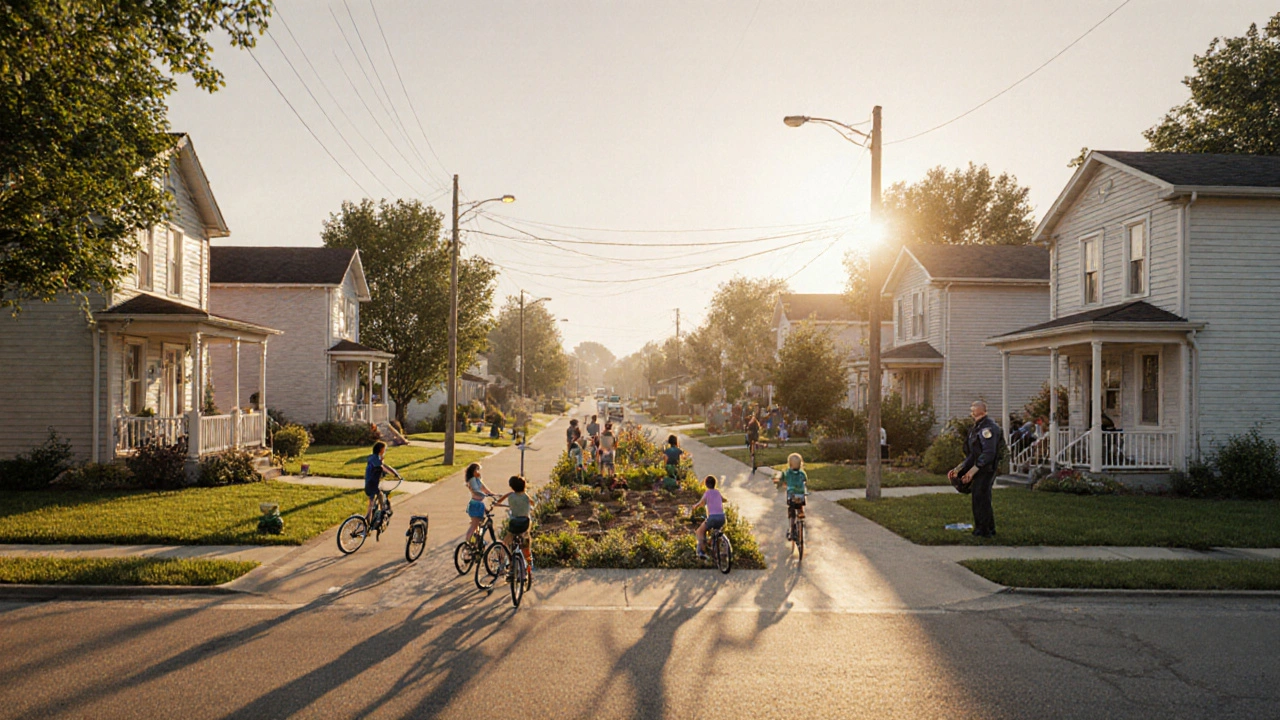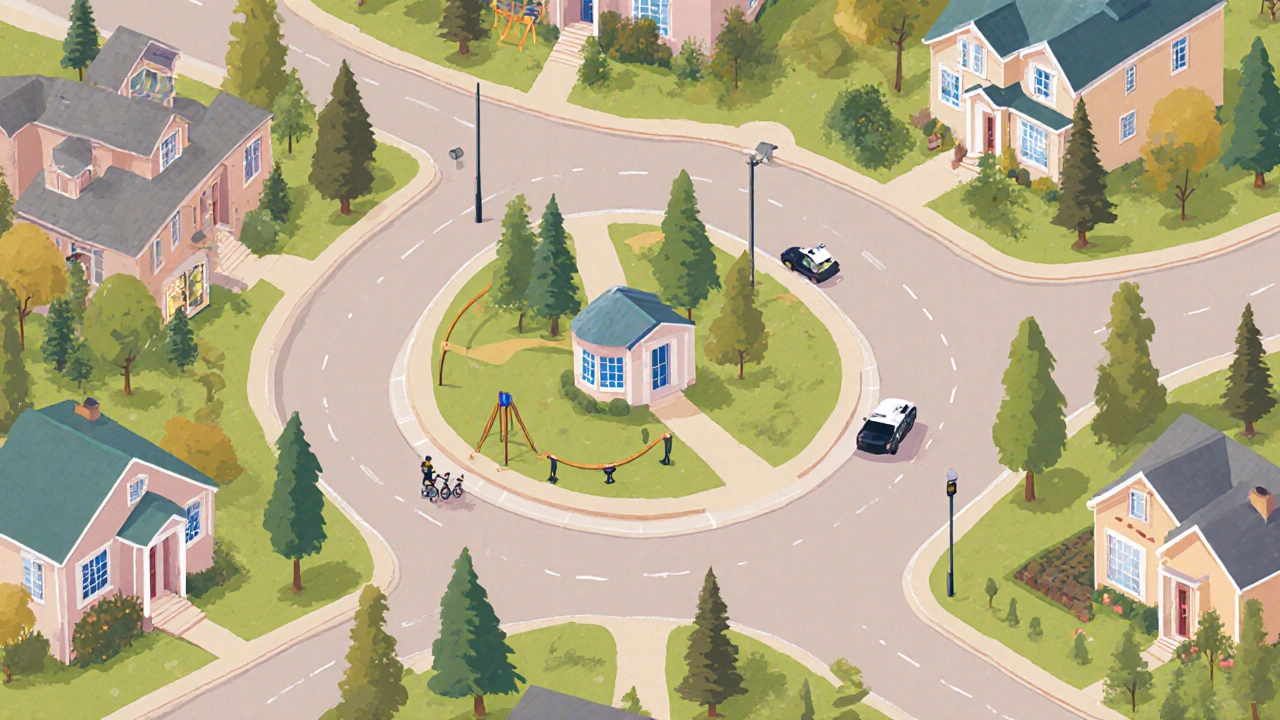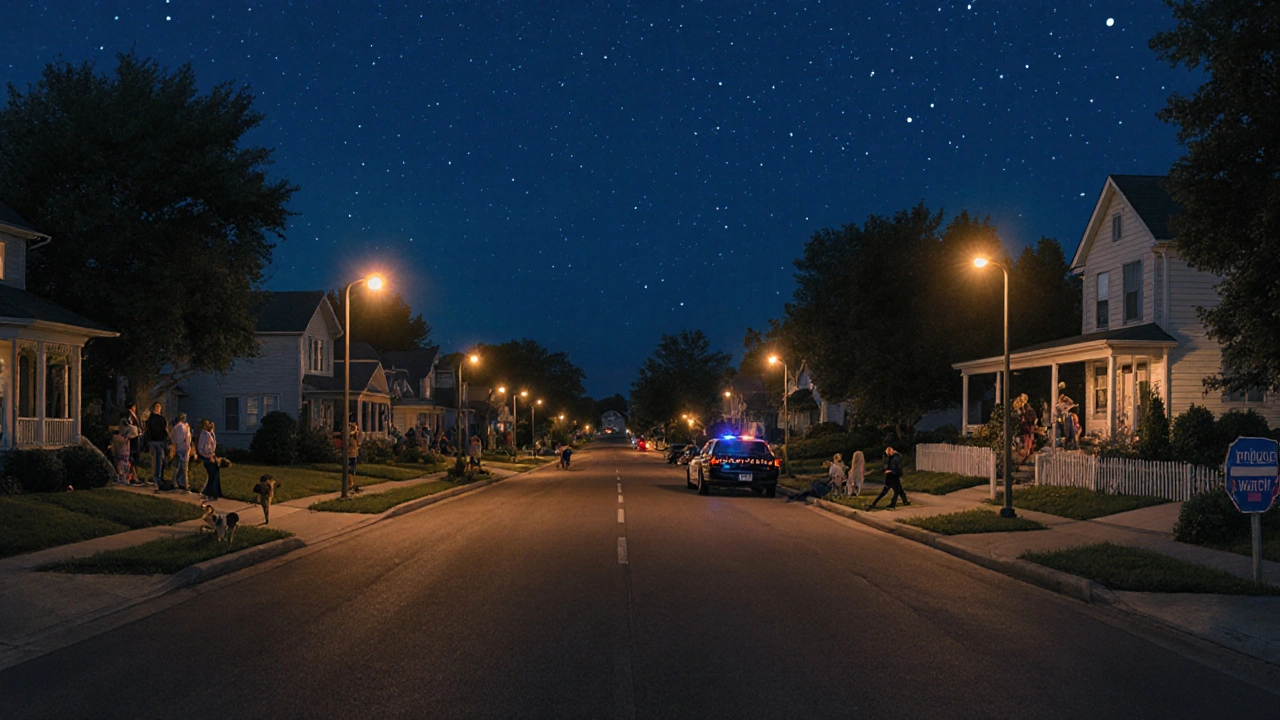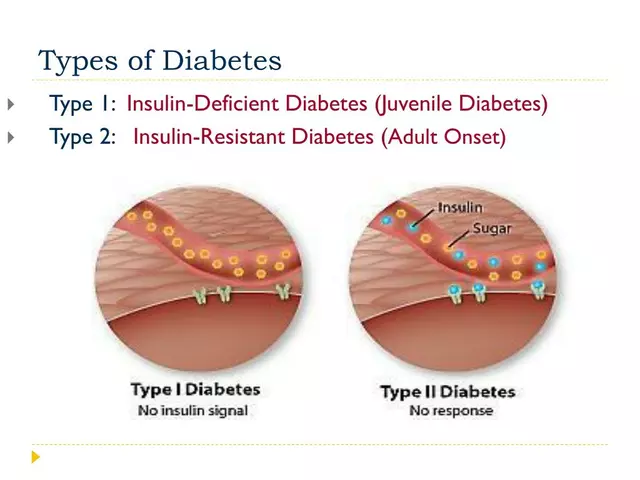
Cities everywhere wrestle with a simple question: does the way we space our homes affect how safe we feel? The answer isn’t just about police patrols or streetlights - it’s also about how many people share a block, how streets are laid out, and how neighbours interact. Below we unpack the link between spacious housing patterns and the drop in reported offences that many planners and criminologists have observed.
What is low density living?
Low density living is a residential pattern where households are spread over larger land parcels, typically featuring detached homes, wider streets, and lower building heights. In practice, this means fewer dwellings per hectare, more private front yards, and often a stronger visual separation between neighbours. While some cities equate density with vibrancy, the opposite can be true when it comes to safety.
Population density and its direct impact on crime rates
Crime rate refers to the number of reported offenses per 1,000 residents in a given area, measured annually by law enforcement agencies. Studies from the Australian Institute of Criminology and European urban research groups consistently show that as low density living increases, the average crime rate tends to dip. The relationship isn’t linear, but a 10% reduction in dwelling density often correlates with a 3‑5% drop in property theft and violent incidents.
Social cohesion: the invisible safety net
Social cohesion is a measure of how strongly residents feel connected to each other, trust their neighbours, and are willing to intervene in local problems. Low density suburbs tend to foster tighter social bonds because residents meet more often in front yards, local parks, and community halls. These informal surveillance networks-sometimes called “eyes on the street”-create a deterrent effect that statistics alone can’t capture. When neighbours know each other’s routines, a stranger’s presence stands out.
Designing crime‑resistant environments (CPTED)
Crime Prevention Through Environmental Design (CPTED) is a set of design principles that aim to reduce opportunities for crime by shaping the built environment. In low density layouts, CPTED works naturally: ample lighting, clear sight‑lines across open lots, and well‑maintained façades make illicit activity harder to hide. A 2023 Australian housing study found that suburbs with a CPTED score 15% higher than the national average experienced 12% fewer break‑ins.
Policing resources and response times
Policing resources cover the number of officers, patrol vehicles, and communication tools allocated to a specific area, as well as the average response time to emergencies. Low density districts often enjoy faster response times because each incident involves fewer streets and clearer routes. Data from New South Wales Police in 2022 showed an average response time of 4.2 minutes in low density suburbs versus 6.8 minutes in high density precincts.

Socio‑economic status and opportunity structures
Socio‑economic status (SES) is a composite indicator that combines income, education level, and occupational prestige to gauge a household’s economic position. While low density living is not a guarantee of wealth, many such neighborhoods feature higher average SES, which itself correlates with lower crime. The Australian Bureau of Statistics reports that suburbs with median household incomes 20% above the national average see crime rates roughly 18% lower.
Residential zoning - the policy lever
Residential zoning is a legal framework that designates land for specific housing types, dictating lot sizes, building heights, and permissible uses. Planners can use zoning to control density, preserve green buffers, and encourage mixed‑use pockets that maintain activity without overcrowding. The 2021 Sydney Metropolitan Plan introduced “low‑density fringe zones” that have since reported a 9% decline in burglary incidents compared with adjacent higher‑density zones.
Side‑by‑side comparison: low vs. high density
| Attribute | Low Density Living | High Density Living |
|---|---|---|
| Dwelling units per hectare | 5‑12 | 30‑80 |
| Average crime rate (per 1,000) | 12‑18 | 22‑35 |
| Typical response time (minutes) | 4‑5 | 7‑9 |
| Social cohesion score (0‑100) | 68‑82 | 45‑60 |
| Average SES index | 0.73 | 0.58 |
| Visibility of public spaces | High | Low |
Related concepts that often appear alongside low density living
When you dig deeper, you’ll encounter topics like mixed‑use development, which blends residential with commercial uses while still preserving some of the open‑space benefits. Smart city technologies-such as sensor‑driven lighting-can boost safety in denser districts, but they rarely replace the natural advantages of spacious layouts. Another linked idea is walkability, which tends to be lower in low density suburbs but can be offset by well‑planned cycling paths and community shuttles.
Practical steps for residents and policymakers
- Encourage homeowners’ associations to organise neighbourhood watch programs; the social cohesion boost often translates directly into fewer break‑ins.
- Adopt CPTED guidelines during new subdivision approvals - focus on lighting, natural surveillance, and clear sight‑lines.
- Allocate policing resources based on response‑time data rather than population alone; quicker arrivals reinforce the deterrent effect.
- Use residential zoning to protect existing low density pockets from being swallowed by high‑rise infill, especially in fringe suburbs.
- Invest in community facilities (parks, libraries) that act as gathering points, reinforcing trust among residents.
By aligning design, policy, and community action, the link between space and safety becomes a lever that cities can pull to make neighborhoods genuinely safer.

Frequently Asked Questions
Does low density living guarantee low crime?
No. While statistics show a strong correlation, factors like poverty, substance abuse, and inadequate policing can still drive crime in spacious suburbs. Low density provides a favourable backdrop, but complementary social and economic policies are essential.
Can high‑density areas become as safe as low‑density ones?
Yes, with targeted design interventions. Implementing CPTED, increasing street lighting, fostering mixed‑use development, and maintaining active public spaces can narrow the safety gap considerably.
How does social cohesion directly affect crime numbers?
Neighbourhoods with higher cohesion report more informal surveillance, quicker reporting of suspicious activity, and stronger community norms against theft. These elements lower both the opportunity and motivation for criminal acts.
What role do zoning laws play in shaping crime rates?
Zoning dictates the physical density of an area. By preserving low‑density zones, municipalities can maintain the spatial characteristics that deter crime, such as clear sight‑lines and reduced anonymity.
Are there any downsides to low density living?
Yes. Sprawling suburbs can increase car dependence, raise infrastructure costs, and limit affordable housing supply. The safety benefits must be weighed against environmental and economic considerations.
10 Comments
Write a comment
More Articles

How Saxagliptin Affects Insulin Resistance in Type 2 Diabetes
As a blogger focused on health and wellness, I recently came across some interesting research on how Saxagliptin affects insulin resistance in Type 2 Diabetes. From what I've gathered, Saxagliptin is a medication that helps to control blood sugar levels by increasing the release of insulin and reducing the amount of glucose produced by the liver. This ultimately results in better management of Type 2 Diabetes and improved overall health. I was impressed to learn that this medication can not only help those struggling with insulin resistance but also reduce the risk of long-term complications associated with diabetes. I'm eager to continue following this topic and sharing more insights with my readers.

How to Buy Acamprol Online Safely: Step-by-Step Guide and Tips
Discover how and where to buy Acamprol online safely, with tips on finding reliable pharmacies, understanding costs, and protecting your health.

Actinic Keratosis and the Importance of Early Intervention
In the spirit of shedding light (or UV light, to be exact) on the topic of Actinic Keratosis, let's dive into this sunny subject. It's an abnormal skin condition caused by excessive sun exposure, or for sun worshipers, a sort of unwanted souvenir. Now, don't go all 'Twilight' on me, sun is good, but moderation folks, moderation! Early intervention is like the superhero of the story, swooping in to reduce the risk of progression to skin cancer. So, let's be sun-smart, catch those pesky skin changes early, and keep our skin looking as smooth as a baby's bottom!

Marcia Bailey
September 27, 2025 AT 00:53Great point about how wider streets can improve sight‑lines 😊. When you have more space between homes, natural surveillance tends to increase because neighbours can actually see what's happening on the block. Plus, the extra room often encourages people to spend time on their front yards, which adds informal watch‑dogs. This small shift can really tip the odds against opportunistic theft.